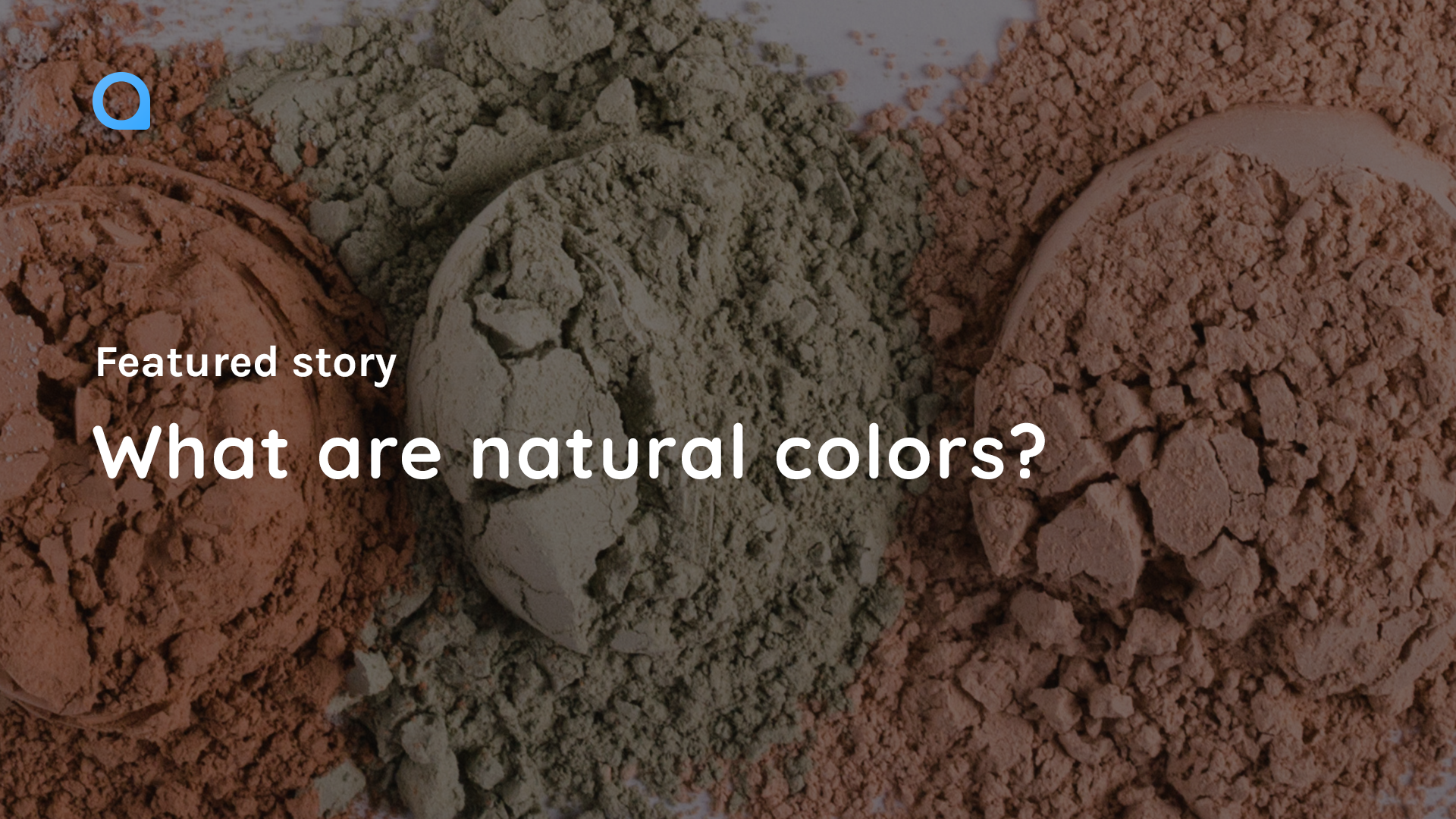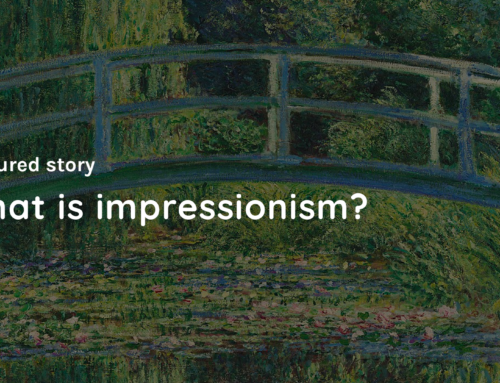Introduction
Natural colors refer to pigments and dyes derived from natural sources, such as plants, minerals, and animals. These colors have been used by humans for thousands of years in various applications, including art, clothing, and food.
The use of natural colors has gained renewed interest in recent years, as people become more conscious of the impact of synthetic dyes on the environment and their health. Natural colors are not only sustainable, but they also offer unique shades and hues that cannot be replicated by artificial means.
Types of Natural Colors
Plant-based Colors
Plants are a common source of natural colors, and many different plant species are used to create a wide range of hues. Some examples include:
- Indigo: This blue dye is derived from the leaves of the indigo plant and has been used for centuries to dye fabrics.
- Turmeric: This bright yellow spice is also used as a dye and is often used to color food and clothing.
- Beetroot: The pigment in beetroot gives a deep red color, commonly used as a natural food coloring.
- Henna: This plant is commonly used to dye hair and skin and can also be used to create a range of colors for textiles.
Mineral-based Colors
Many minerals are naturally occurring sources of color and have been used for centuries to create paints, dyes, and pigments. Some examples include:
- Ochre: This is a type of clay that can be found in many different colors, including red, yellow, and brown. It has been used for thousands of years to create pigments and dyes.
- Malachite: This green mineral was used by ancient Egyptians to create green pigments for painting.
- Lapis Lazuli: This blue mineral was once used to create the pigment ultramarine, one of the world’s most expensive pigments.
- Cinnabar: The ancient Chinese used this red mineral to create a vibrant red pigment.
Animal-based Colors
Some animals can also be a source of natural color. For example:
- Cochineal: This red dye is made from the bodies of cochineal insects and has been used for centuries to dye textiles and food.
- Sepia: This brown pigment is derived from the ink sacs of cuttlefish and has been used for drawing and painting for hundreds of years.
- Tyrian Purple: This purple dye was made from the glands of sea snails and was used by the ancient Phoenicians to dye fabric.
History of Natural Colors

Natural colors have been used since prehistoric times. Ancient civilizations across the globe utilized organic materials from plants, animals, and minerals to create colors that they could apply to various surfaces. The earliest recorded use of natural pigments dates back to 5000 BC. In prehistoric times, cave paintings were created by brushing, smearing, dabbing, and even spraying techniques, using pigments available through natural resources. The use of natural pigments continued through the Middle Ages, often mixed with egg and water to create a dried protein that would bind the pigment to the substrate.
The Egyptians were credited with many pigments advances through 1300 BC. They discovered that washing pigments would strengthen and purify the color. They also introduced new materials and the process of lake mining, which involves fixing dyes onto a transparent white powder base to produce pigments like madder lake and carmine lake. Ancient Egyptian art often features pigments such as azurite, a blue copper mineral, and realgar, an arsenic sulfide mineral. Chemical tests found traces of alizarin, a pigment extracted from madder plants, in the tomb of King Tutankhamun in Egypt.
Before the Industrial Revolution, the color options available were limited. Pigments were often referred to by the location in which they were produced. For example, Raw Sienna and Burnt Sienna came from Siena, Italy, Egyptian Blue from Egypt, French ultramarine from France, and so on. In the 18th and 19th centuries, new inventions and methods of extracting pigments continued to change the range of available colors. In 1841, American painter John Rand invented the collapsible tin paint tube, making pre-mixed colors portable and more convenient to use outside the studio. Pigments like titanium white and others made with new binders began to appear.
In 1704, German chemist Johann Jacob Diesbach created Prussian Blue by accident, making it the first chemically synthesized color. As synthetic pigments became more prominent in the 19th century, many gradually switched to this medium to produce art.
Significance of Natural Colors
Natural colors have great cultural significance and symbolism. Different cultures use specific colors to represent particular emotions or ideas. For example, in Hinduism, saffron symbolizes purity, while red represents sensuality. In ancient Egyptian culture, blue symbolized fertility and rebirth, and green was associated with growth and the Nile River.
The psychological effects of natural colors also play an essential role. Colors can affect human emotions and behavior and have been studied extensively in color psychology. Warm colors like red, orange, and yellow stimulate and energize people, while cool colors like blue, green, and purple are more calming and soothing.
Benefits of Using Natural Colors
Natural colors provide numerous benefits over their synthetic counterparts, making them a preferred choice for many people. Some of the benefits include:
- Health benefits: Natural colors do not contain harmful chemicals, which makes them safe for use in various products, such as food and cosmetics. On the other hand, synthetic colors have been linked to health problems, such as allergies, hyperactivity, and even cancer.
- Environmental benefits: Producing synthetic colors involves using harmful chemicals that can pollute the environment. Natural colors are eco-friendly and sustainable as they are sourced from renewable sources, making them a more environmentally conscious choice.
- Sustainable practices: Using natural colors promotes sustainable practices in agriculture, such as crop rotation, companion planting, and natural pest control methods. These practices lead to the production of crops that are healthier and more nutrient-dense.
How to Incorporate Natural Colors
Natural colors can be incorporated into various aspects of life, from art to fashion and even home decor.
- In art: Natural colors can be used in painting, drawing, and printmaking to create unique and vibrant art pieces. Artists can extract pigments from various sources, such as flowers, leaves, and berries, to create a range of colors. Natural pigments, such as crayons, pastels, and watercolors, can also produce art supplies.
- In fashion and textiles: Natural colors can produce textiles, such as cotton, silk, and wool. They can be used to dye fabrics and yarns, creating unique and colorful garments. Natural dyes can be extracted from various sources, such as indigo, madder, and cochineal, to produce a range of colors. Natural colors can also be used to produce natural makeup and skincare products.
- In home decor: Natural colors can create a warm and inviting atmosphere. They can paint walls, furniture, and accessories, such as throw pillows and curtains. Natural colors can also be incorporated into the design of rugs and carpets, creating unique and colorful designs.
Incorporating natural colors into various aspects of life can lead to a healthier and more sustainable lifestyle. Using natural colors can promote sustainable practices and support eco-friendly production methods.
Conclusion
Natural colors have been used for centuries and are an essential part of our lives. They are aesthetically pleasing and have numerous health and environmental benefits. Using natural colors promotes sustainable practices, which are becoming increasingly important today.
By incorporating natural colors in art, fashion, textiles, and home decor, we can enhance our surroundings’ beauty and positively impact our health and environment. We encourage everyone to start incorporating natural colors in daily life and explore the vast range of colors available from plants, minerals, and animals. Let us embrace the beauty of natural colors and promote a sustainable and healthy lifestyle.







